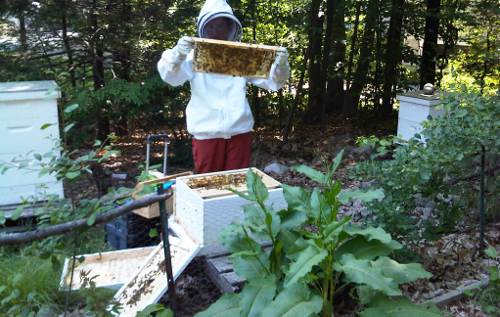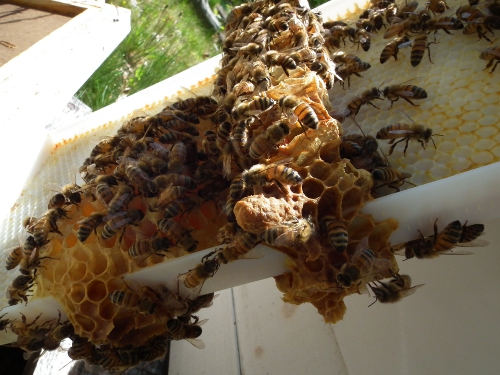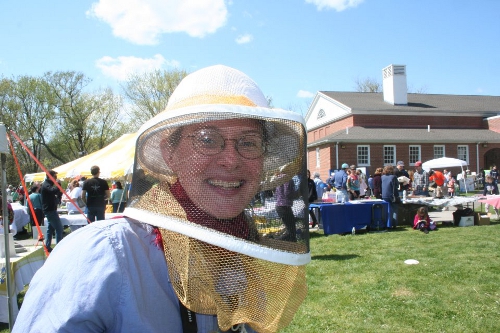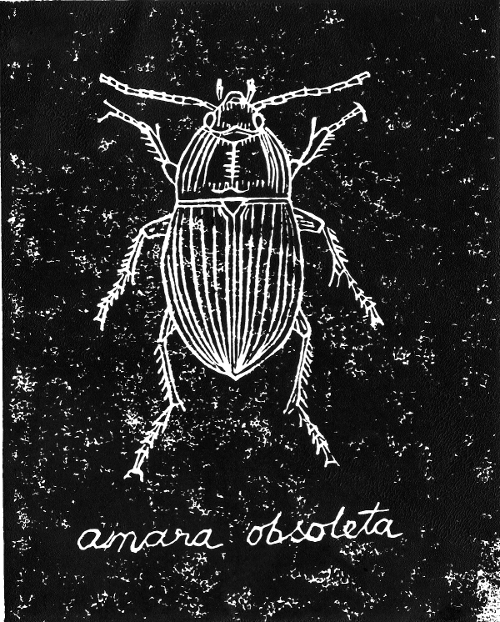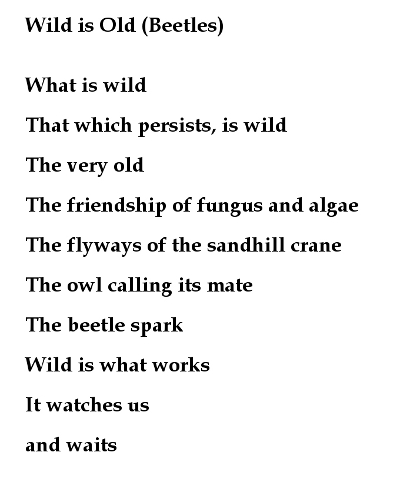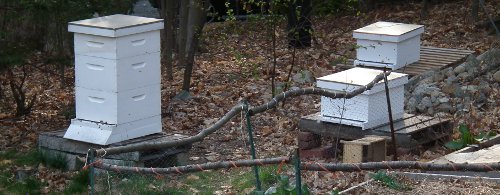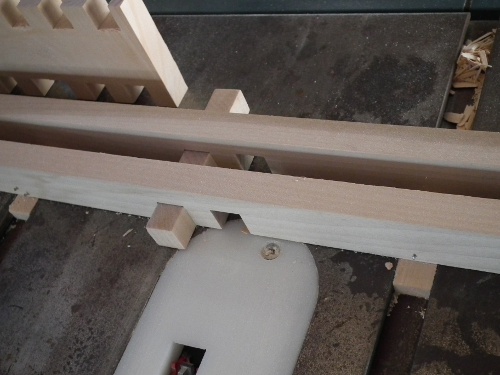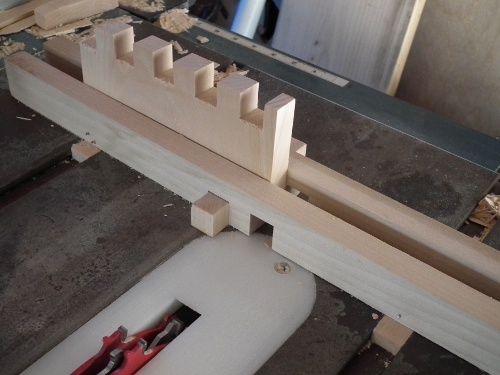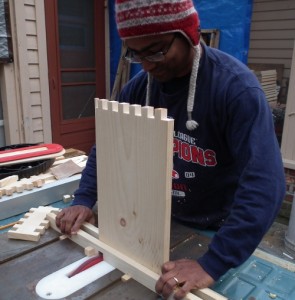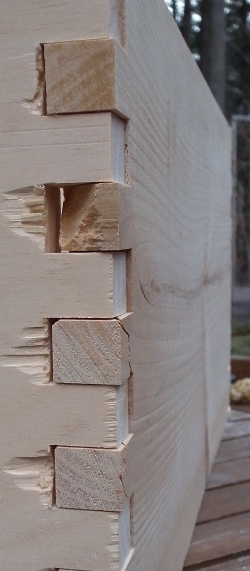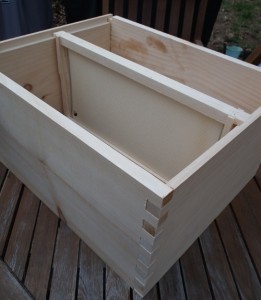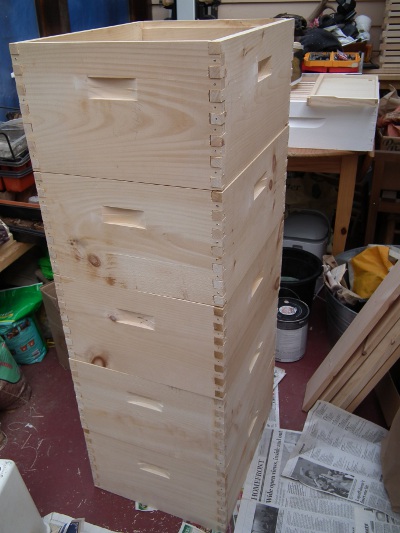It may be that when we no longer know what to do
we have come to our real work,
and that when we no longer know which way to go
we have come to our real journey.
The mind that is not baffled is not employed.
The impeded stream is the one that sings.
That is my hero, Wendell Berry, who never hesitates to say what is difficult. And to say it so beautifully.
I was asked to explain what Transition is. Now how shall I do that?
I could talk about climate change and its implications, like a 4 meter sea-level rise, a 6 degree centigrade temperature rise, increased droughts and floods and corn that won’t grow. I could also stress that the need for mitigation of climate change is now equaled by the need for adaptation to what is already locked in. Or I could propose solutions, like improving efficiency, sustainability and resilience by relocalizing, as much as we can, our food and energy production and the skills that we’ve outsourced. Let me add, also, that the only way to make that happen is by building community, embracing interdependence and working together, face-to-face.
But I don’t just want to explain what Transition does. I want to do Transition. And if what I am doing here, right now, is Transition, then I need to call you to action. Transition, you see, is not just a group of people, or eventually an entire town. It is not just a tool box, not just an idea or even, a dream. Transition, you see, is not a noun. It is a verb, and an imperative at that.
Consider the word change. As a noun it is coming, whether you want it or not. As a verb, it is either something that happens to you – when something changes you – or something that you do yourself: you do the changing. Transition is all about the latter. It is you and me making the change.
The question then becomes: how do you do that?
In a moment, Andrea will talk about small-scale changes in the household. And Wen will take us to the global level where we need to act upon our government. Those are the actions that most people think of when they think change. You have probably changed your light bulbs, some of you have even hung a clothesline. You have probably written to your Senator or signed a petition, even walked in a rally.
Those are all necessary. The problems are enormous and we must put into action all the solutions we can think of. But sometimes it might feel like individual changes are not enough. And sometimes it might feel like your voice doesn’t reach the upper echelons. Then hopelessness and cynicism tend to take root.
Then may I suggest Transition? Transition does what my hero Berry recommends. He writes: “Our understandable wish to preserve the planet must somehow be reduced to the scale of our competence.†He writes that the question, then, is not how to care for the planet or humanity, but how to care for each of our millions of human and natural neighborhoods.
The neighborhood, the town, is the middle ground between the shorter shower and national politics. It is the place where what you do gets multiplied a hundred- then a thousandfold, and where you can continue to see the effects of your actions.
Transition invites you to return often to the scale of your competence, even if only to find in it the battleground where you can come into your power and slay your cynicism. To find in it, also, the fair ground where you can share your dreams and celebrate.
A call to action, then. If something is wrong, then you have the right to be upset about it, and the responsibility of hope that you can do something about it, and the duty to do it. You all have ideas about what should be done but isn’t being done. Well, be like those Transcendentalists, whom we hold so dear here, of whom someone once wrote that in this brave new world a thinker was “called on to justify himself on the spot by building an engine, and setting something in motion.â€
That’s what Transition is: it is that engine!
It is no small thing that I — no, that the times — ask of you. To become an activist, to move yourself, to be the one you have been waiting for. It is no small thing but you don’t have go first anymore, and you don’t have to go it alone. The engine is already running, chugging along on the scale of our competence in the middle ground, which is already bustling with people. I hope that you will come to be among all those people, at noon at the Town Building, that you will come to work on the engine at later Transition events.
Because Transition is only that: it is what you do when you find your power.
